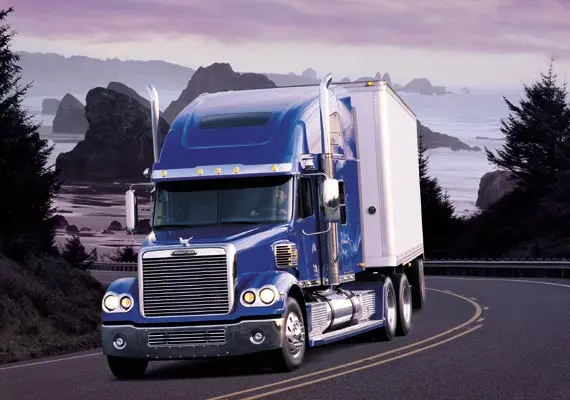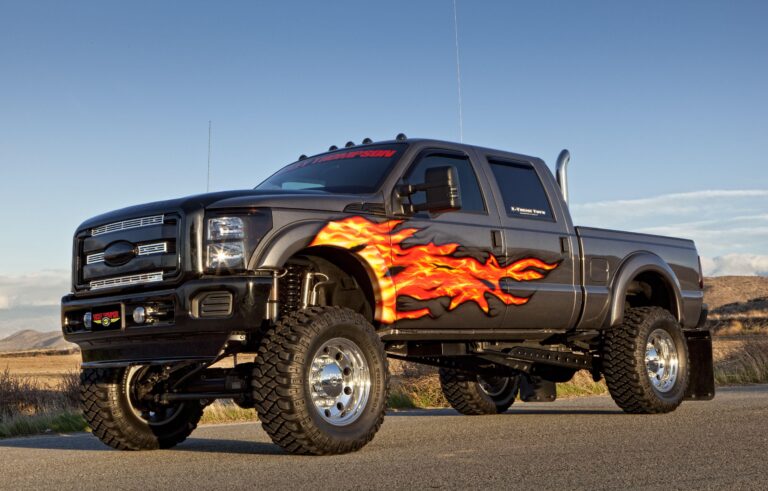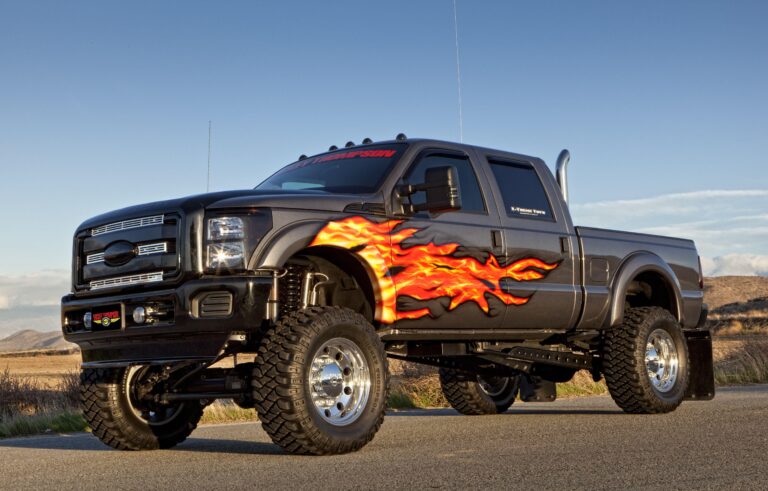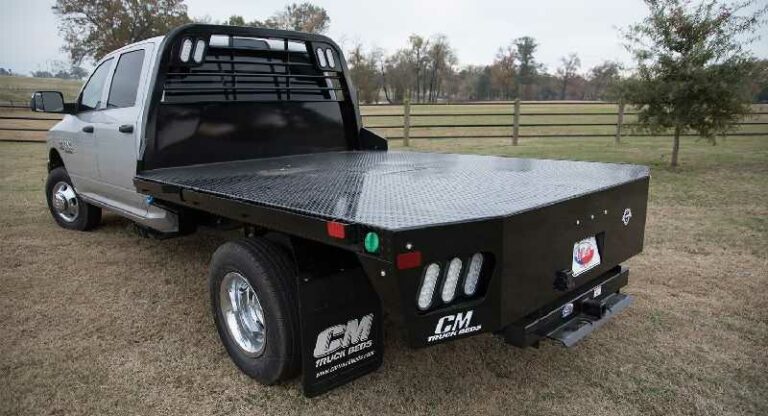Truck Cab Typical Components: Your Comprehensive Guide to the Driver’s Command Center
Truck Cab Typical Components: Your Comprehensive Guide to the Driver’s Command Center cars.truckstrend.com
The truck cab, often overlooked by the casual observer, is far more than just a shell; it’s the nerve center, the command station, and for many drivers, a home away from home. It’s where countless hours are spent navigating highways, managing loads, and communicating with the world. Understanding the typical components within a truck cab is not just about appreciating the engineering; it’s crucial for drivers, fleet managers, and technicians to ensure safety, comfort, and operational efficiency. This comprehensive guide will delve into the various elements that constitute a modern truck cab, exploring their functions, importance, and practical considerations.
The Heart of the Operation: Defining Truck Cab Components
Truck Cab Typical Components: Your Comprehensive Guide to the Driver’s Command Center
Truck cab typical components refer to the standard array of parts, systems, and features found within the enclosed space where the driver operates the vehicle. These components range from fundamental controls and safety systems to sophisticated infotainment and ergonomic designs, all meticulously engineered to facilitate the demanding tasks of trucking. Their importance cannot be overstated: a well-designed, functional, and comfortable cab directly impacts driver alertness, productivity, and overall job satisfaction, ultimately contributing to safer roads and more efficient logistics.
Navigating the Interior: Key Component Categories
To thoroughly understand the truck cab, we can categorize its components into several logical groups, each serving distinct, yet interconnected, purposes.
1. Ergonomics and Driver Comfort Systems
The long hours spent behind the wheel make driver comfort paramount. These components are designed to minimize fatigue and maximize the driver’s well-being.
- Seating: Beyond a basic chair, truck seats are engineering marvels.
- Types: Air-ride seats are standard, offering adjustable lumbar support, armrests, and recline functions. Some include heating, ventilation, and even massage features. Passenger seats often offer similar, though less elaborate, adjustments.
- Benefits: Reduces back strain, absorbs road vibrations, and allows for personalized positioning, crucial for maintaining alertness.
- Considerations: Regular inspection of air lines and suspension components is vital. Proper adjustment is key to preventing long-term musculoskeletal issues.
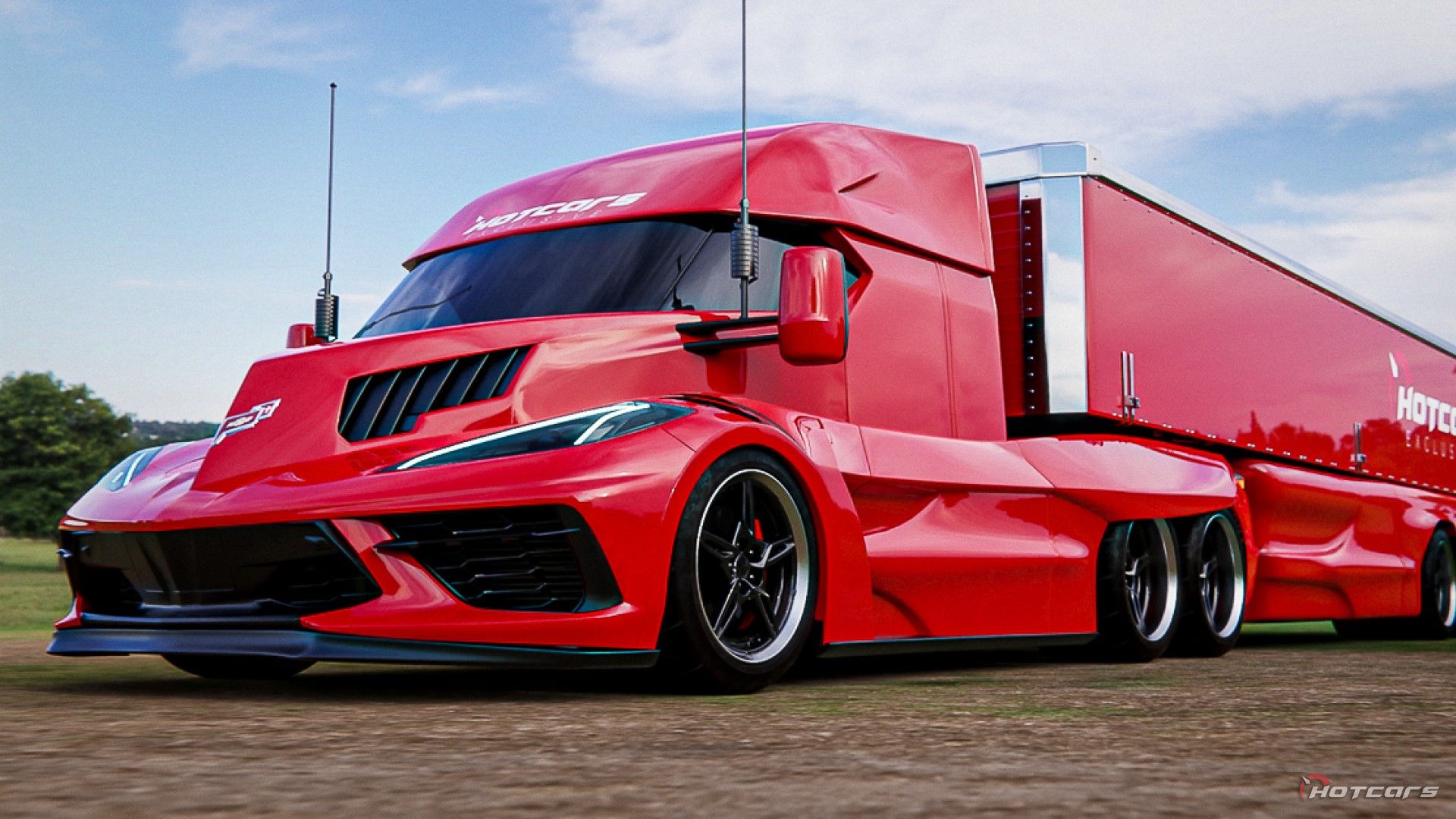
- Steering Wheel and Column: More than just a turning device.
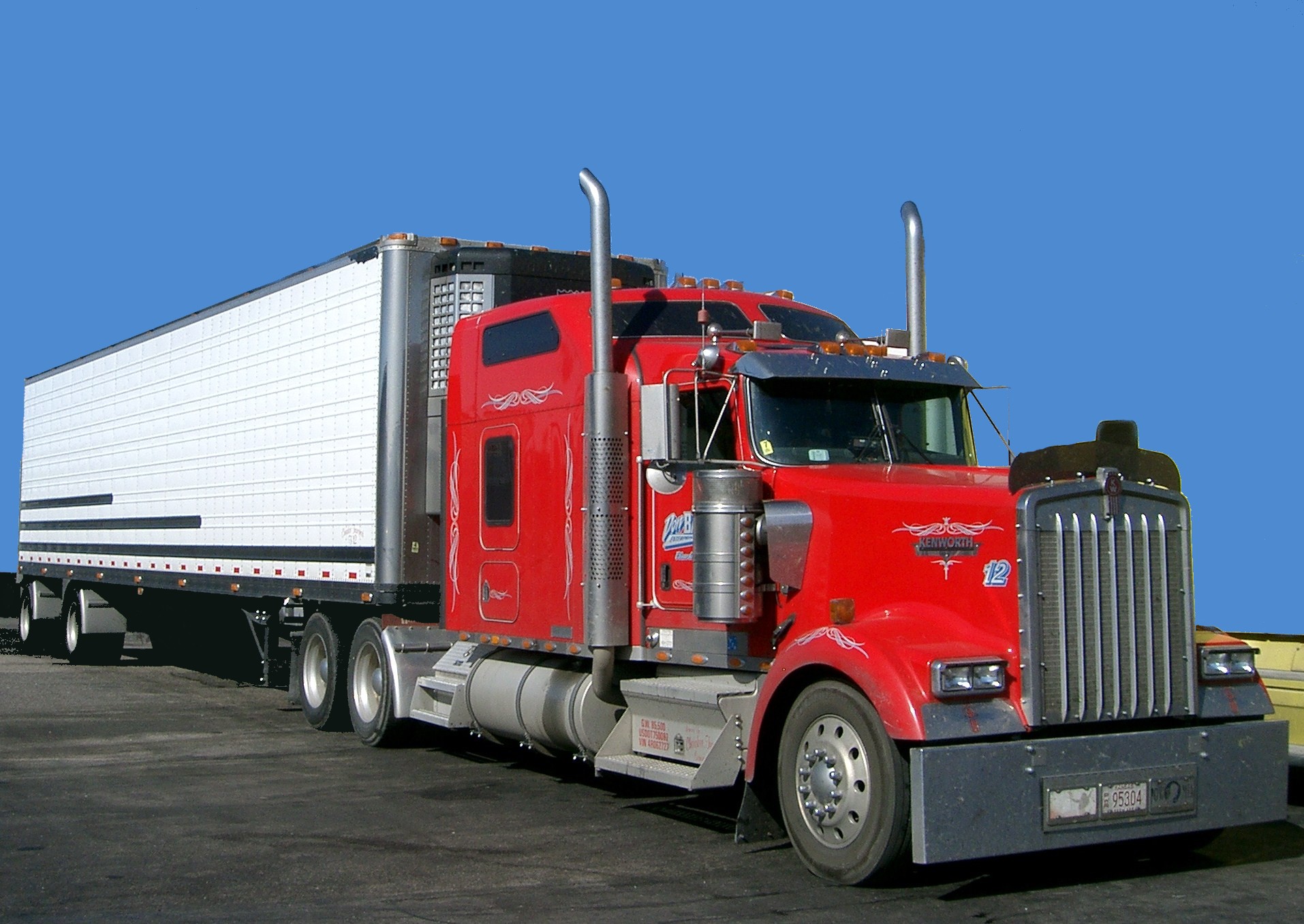
- Features: Telescoping and tilting functions allow drivers of various heights and builds to find a comfortable and safe driving position. Many incorporate integrated controls for cruise control, audio, and phone calls.
- Tips: Adjust the steering wheel to allow for comfortable arm extension and clear visibility of the instrument cluster.
- Heating, Ventilation, and Air Conditioning (HVAC): Maintaining a comfortable cabin temperature is essential.

- Components: Blower motor, evaporator, condenser, compressor, heater core, and various vents and controls.
- Importance: Prevents extreme temperatures from affecting driver focus and health. A well-functioning HVAC system also helps with defrosting/defogging windows for clear visibility.
- Maintenance: Regular cabin filter replacement and AC system checks prevent breakdowns and maintain efficiency.
- Insulation and Noise Reduction: A quieter cab contributes significantly to comfort and reduces driver fatigue.
- Materials: Sound-deadening materials in the floor, doors, and roof, along with advanced cab suspension systems, isolate the driver from road noise, engine vibrations, and external disturbances.
- Benefits: Improves communication, allows for clearer audio, and creates a more restful environment during breaks.
2. Instrumentation and Control Systems
This category encompasses everything the driver uses to monitor the truck’s status and control its various functions. This is the core interface between driver and machine.
- Dashboard/Instrument Cluster: The primary source of vehicle information.
- Gauges: Speedometer, tachometer, fuel level, oil pressure, coolant temperature, air brake pressure, DEF (Diesel Exhaust Fluid) level, and sometimes transmission temperature.
- Warning Lights: Indicate critical issues (low oil, high temperature, check engine, ABS, low air pressure, etc.).
- Digital Displays: Increasingly common, offering customizable layouts, trip data, and diagnostic messages.
- Actionable Insight: Develop a habit of routinely scanning your gauges. Early detection of issues can prevent costly breakdowns.
- Control Panels and Switches: Dedicated buttons and levers for various operations.
- Functions: Headlights, wipers, turn signals, hazard lights, cruise control, PTO (Power Take-Off), differential lock, trailer brake hand valve, mirror adjustments, window controls.
- Considerations: Familiarize yourself with the location and function of all controls before starting a journey, especially in an unfamiliar truck.
- Infotainment and Connectivity: Modern cabs are increasingly connected.
- Systems: AM/FM radio, CD/MP3 players, Bluetooth for hands-free calling, USB ports, satellite radio, integrated navigation systems, and touchscreens.
- Telematics & ELDs (Electronic Logging Devices): Crucial for compliance, tracking hours of service, vehicle diagnostics, and fleet management.
- Tips: Use hands-free features to minimize distraction. Ensure ELDs are properly calibrated and maintained for accurate logging.
3. Safety and Visibility Components
These components are critical for safe operation, preventing accidents, and ensuring the driver has a clear view of their surroundings.
- Mirrors: Essential for situational awareness.
- Types: Large side mirrors (flat and convex for wider view), spot mirrors, and sometimes front/rear view cameras with in-cab displays. Many are heated and power-adjustable.
- Importance: Eliminating blind spots, aiding in lane changes, parking, and backing up.
- Practical Advice: Always adjust mirrors before driving. Regularly clean them. Be aware of your blind spots and use proper mirror scanning techniques.
- Windshield and Wipers/Washers: Clear visibility is non-negotiable.
- Features: Large, often tinted, windshields for maximum forward visibility. Robust wiper systems with multiple speeds and washer fluid reservoirs.
- Challenges: Cracks, chips, and dirty or worn wiper blades can severely impair visibility.
- Solution: Promptly repair windshield damage. Replace wiper blades annually or when streaking occurs. Keep washer fluid topped up.
- Seatbelts and Airbags: Fundamental passive safety features.
- Features: Multi-point seatbelts are standard. Some modern trucks include steering wheel and side curtain airbags.
- Considerations: Always wear your seatbelt. Inspect for fraying or damage.
- Advanced Driver-Assistance Systems (ADAS): Increasing in prevalence.
- Examples: Lane departure warning, collision mitigation braking, adaptive cruise control, blind spot monitoring.
- Benefits: Augment driver awareness and can help prevent accidents.
- Tips: Understand how these systems work and their limitations. They are aids, not substitutes for attentive driving.
4. Storage and Living Quarters (Sleeper Cabs)
For long-haul drivers, the cab extends beyond a workspace to become a living space. Sleeper cabs integrate amenities for rest and daily living.
- Bunk Beds: Vary from single narrow bunks to double bunks or even convertible sofa-beds.
- Features: Comfortable mattresses, privacy curtains, reading lights, and often climate controls for the sleeping area.
- Storage Compartments: Crucial for personal belongings, food, and supplies.
- Types: Overhead cabinets, under-bunk storage, closets, and drawers.
- Appliances: Enhancing comfort and convenience.
- Examples: Mini-refrigerators, microwaves, coffee makers, and sometimes even small sinks or portable toilets.
- Power Outlets: Essential for charging electronics and running appliances.
- Types: 12V DC outlets (cigarette lighter style) and often 120V AC outlets (standard household outlets) powered by an inverter.
- Practical Advice: Plan your storage to keep frequently used items accessible. Invest in quality organizers to maximize space.
5. Structural and Exterior Cab Components
While part of the overall vehicle structure, these components are integral to the cab’s integrity and functionality.
- Cab Shell: The main body structure.
- Materials: Typically high-strength steel or aluminum for durability and safety. Some lighter cabs use composite materials.
- Doors: Entry and exit points.
- Components: Hinges, latches, power windows, locks, and weather stripping.
- Maintenance: Lubricate hinges and latches periodically. Check weather stripping for tears to prevent drafts and water leaks.
- Cab Suspension: Critical for ride quality and driver comfort.
- Systems: Air-ride cab suspension is common, using air springs and shock absorbers to isolate the cab from chassis vibrations.
- Benefits: Significantly reduces driver fatigue over rough terrain.
- Aerodynamic Aids: Designed to reduce drag and improve fuel efficiency.
- Examples: Roof fairings, side extenders, and chassis skirts, which are often integrated into the cab’s design.
Practical Advice and Maintenance Tips for All Components
- Regular Cleaning: A clean cab is a healthy and pleasant cab. Regularly vacuum, wipe down surfaces, and clean windows.
- Pre-Trip Inspections: Incorporate checking interior components into your daily routine. Test all lights, wipers, and horn. Ensure gauges are working.
- Know Your Manual: Every truck is different. The owner’s manual is an invaluable resource for understanding specific features, maintenance schedules, and troubleshooting.
- Report Issues Promptly: Don’t ignore a flickering warning light or a malfunctioning switch. Early detection can prevent minor issues from becoming major, costly repairs.
- Invest in Quality Accessories: From seat cushions to power inverters, choose durable, reliable accessories that enhance comfort and functionality without compromising safety.
Conclusion
The truck cab is a marvel of modern engineering, meticulously designed to support the demanding lifestyle of professional drivers. From advanced ergonomic seating to sophisticated safety systems and integrated living amenities, each typical component plays a vital role in ensuring efficiency, comfort, and, most importantly, safety on the road. Understanding these components, their functions, and their proper maintenance empowers drivers and fleet operators to maximize the potential of their vehicles and contribute to a more effective and sustainable transportation industry. The cab is not just a workspace; it’s a testament to the dedication required to keep the world moving.
Estimated Price Guide: Typical Truck Cab Components
Please note: Prices for truck cab components vary dramatically based on the truck make, model, year, whether the part is OEM (Original Equipment Manufacturer) or aftermarket, new or used, and the labor costs for installation. This table provides estimated ranges for common components and should be used as a general guide, not a definitive price list.
| Component Category | Specific Component | Estimated Price Range (USD) | Notes |
|---|---|---|---|
| Ergonomics & Comfort | Air Ride Driver Seat | $1,000 – $3,500+ | Basic to high-end with heating/ventilation/massage |
| Steering Wheel (OEM) | $300 – $1,000+ | Varies by integrated controls and material | |
| HVAC Blower Motor | $150 – $400 | Part only; installation extra | |
| Cab Air Bag (Suspension) | $80 – $250 (each) | Part only; crucial for cab ride comfort | |
| Instrumentation & Control | Instrument Cluster (Digital) | $1,500 – $5,000+ | Can be very expensive for full digital displays |
| ELD Device (Hardware) | $100 – $500 | Plus monthly subscription fees ($20-$50/month) | |
| Infotainment System (OEM) | $500 – $2,500+ | Basic radio to advanced navigation/touchscreen | |
| Safety & Visibility | Power/Heated Side Mirror | $200 – $800 (each) | Varies by features (motorized, heated, LED turn signals) |
| Windshield | $400 – $1,200+ | Plus installation; varies by truck model and features (e.g., heated) | |
| Wiper Motor | $100 – $350 | Part only; installation extra | |
| LED Headlight Assembly | $300 – $1,000+ (each) | OEM vs. Aftermarket, standard vs. premium LED | |
| Storage & Living | Refrigerator (Built-in) | $300 – $800 | Specific truck models; aftermarket options available |
| Bunk Mattress (OEM/Aftermarket) | $200 – $700 | Quality and size dependent | |
| Power Inverter (1500W-2000W) | $150 – $400 | For running 120V AC appliances | |
| Structural & Exterior | Truck Door Shell (Bare) | $800 – $2,500+ | Requires painting and assembly of internal components |
| Cab Mount (Bushings/Shock) | $50 – $300 (per mount) | Varies by type (rubber, air), OEM vs. aftermarket |
Note: These prices are estimates for parts only, unless otherwise specified. Installation labor, shipping, and taxes will add to the final cost.
Frequently Asked Questions (FAQ)
Q1: What are the most important components for driver comfort in a truck cab?
A1: The air-ride driver’s seat is arguably the most critical for comfort, followed closely by a well-functioning HVAC system, adjustable steering wheel, and effective cab insulation for noise reduction. These elements directly impact a driver’s physical well-being and ability to remain alert.
Q2: How often should I perform maintenance on my truck cab components?
A2: Many components require daily pre-trip checks (e.g., lights, wipers, gauges). More in-depth maintenance like HVAC filter replacement, mirror adjustments, and seat mechanism checks should be part of your routine service schedule, typically every few months or during major service intervals. Refer to your truck’s owner’s manual for specific recommendations.
Q3: Are aftermarket cab components as good as OEM (Original Equipment Manufacturer) parts?
A3: It depends on the component and the manufacturer. Some aftermarket parts offer comparable quality and performance at a lower cost, while others may be of inferior quality. For critical safety or structural components, OEM parts are often recommended. For non-critical comfort or aesthetic components, aftermarket options can be a good value. Always research reputable brands and read reviews.
Q4: What is an ELD, and why is it important in a truck cab?
A4: ELD stands for Electronic Logging Device. It’s a device that automatically records a driver’s hours of service (HOS) to ensure compliance with federal regulations. It’s crucial for tracking driving time, rest breaks, and on-duty time, replacing traditional paper logbooks. ELDs are legally mandated for most commercial truck drivers in many regions, directly impacting a driver’s legal ability to operate.
Q5: How can I maximize storage space in my truck cab, especially in a sleeper?
A5: Utilize vertical space with hanging organizers. Invest in modular bins or containers that fit snugly into available compartments. Use under-bunk storage effectively. Consider vacuum-seal bags for clothes to save space. Keep only essential items in the cab to avoid clutter.
